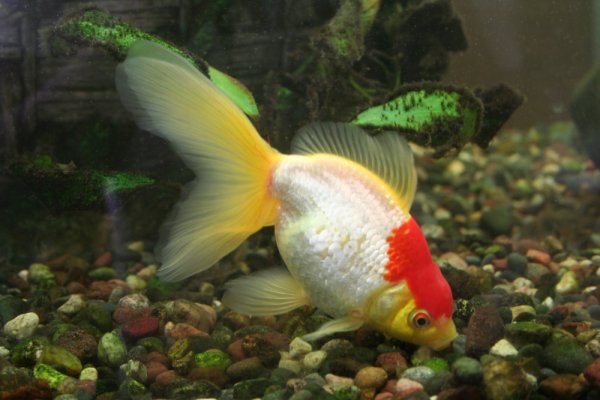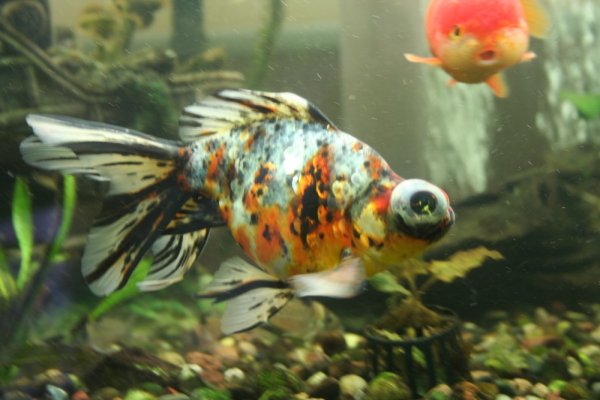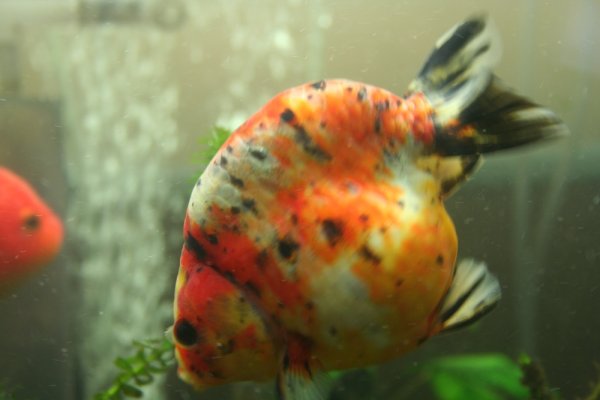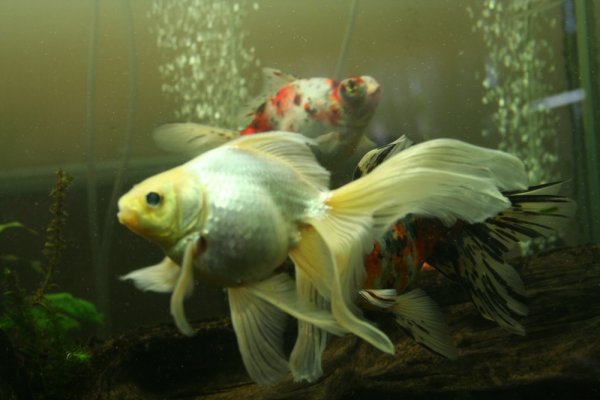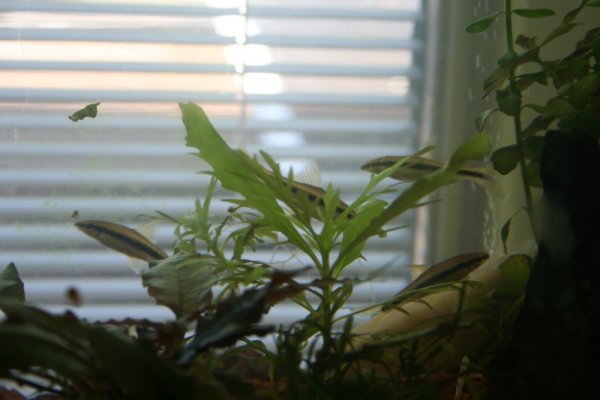Gosh, I haven't been on in so long.
My calico exhibited mating behavior with my Redcap Oranda. Chased her for a full day. Now I know the sex of those two.
All of the goldfish in my tank, except my white oranda with the corneal bubbles are mature.
What I was wondering is, can I assume that the others are all female because they showed no interest?
Sent from my HTC first using Aquarium Advice mobile app
My calico exhibited mating behavior with my Redcap Oranda. Chased her for a full day. Now I know the sex of those two.
All of the goldfish in my tank, except my white oranda with the corneal bubbles are mature.
What I was wondering is, can I assume that the others are all female because they showed no interest?
Sent from my HTC first using Aquarium Advice mobile app

